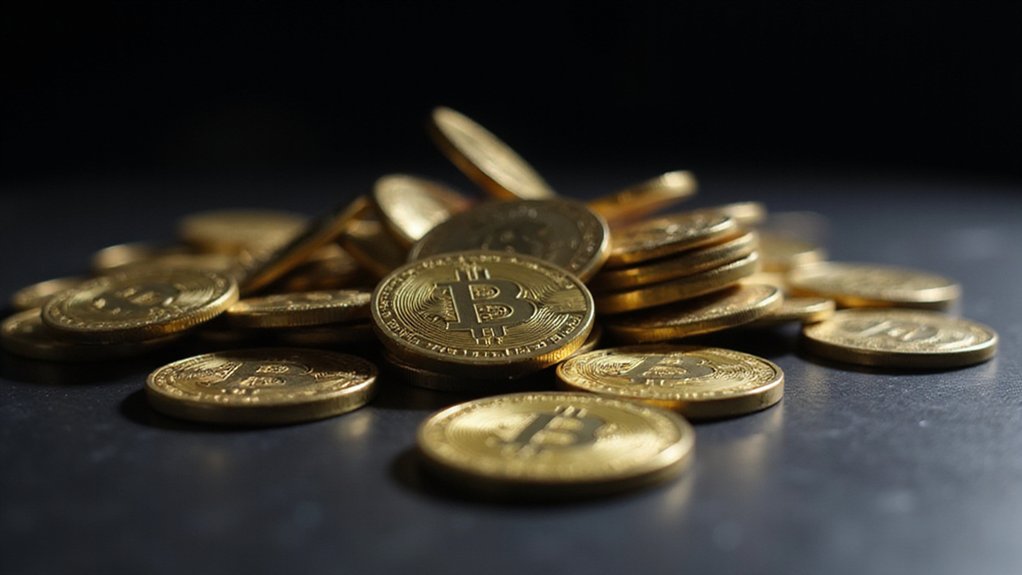As OpenAI’s GPT-5 rolled out to developers and enterprise users in early August 2025—boasting Ph.D.-level reasoning capabilities and dramatically improved coding prowess—cryptocurrency markets witnessed the predictable yet remarkable phenomenon of AI-related tokens surging on nothing more substantial than algorithmic enthusiasm and the promise of expanded utility.
The release timeline itself reads like a masterclass in strategic market positioning: GPT-4.5 “Orion” emerged for ChatGPT Pro users in February, followed by Sam Altman’s carefully orchestrated summer 2025 confirmation, culminating in the August 7 public preview through GitHub Copilot. Each milestone triggered successive waves of speculative trading across AI-adjacent digital assets, with investors apparently convinced that any token bearing artificial intelligence branding would certainly capture some fraction of the expanding ecosystem’s value. The AI integration with blockchain technology positions these markets for potentially significant financial transformation as the underlying infrastructure matures.
What makes this particular cycle intriguing (beyond the usual crypto market theatrics) is the genuine substance underlying the hype. GPT-5’s documented improvements in lateral reasoning benchmarks and its ability to handle complex coding tasks with minimal prompting represent legitimate technological leaps rather than mere incremental updates. The model’s integration into GitHub’s development environment, reaching over 700 million weekly ChatGPT users, creates tangible utility pathways that previous AI token manias lacked. Unlike previous iterations, GPT-5 provides unlimited usage for free users while maintaining higher performance tiers for paid subscribers. GPT-5 demonstrated remarkable efficiency by creating a web app in under 5 minutes, showcasing the model’s enhanced coding capabilities.
Yet the investment thesis supporting most AI tokens remains frustratingly nebulous. While GPT-5’s enhanced capabilities will certainly accelerate enterprise adoption and developer productivity—potentially creating substantial economic value—the mechanism by which speculative tokens capture that value remains largely theoretical. The correlation between breakthrough AI models and token performance appears driven more by narrative momentum than fundamental economics.
Industry analysts acknowledge this disconnect while noting the long-term growth potential tied to AI innovation. The competitive pressure GPT-5’s release places on other AI developers suggests an accelerating development cycle that could benefit infrastructure tokens and platforms offering genuine utility rather than pure speculation.
The crypto market’s tendency to react positively to breakthrough AI models reflects broader recognition that artificial intelligence represents a foundational technology shift. However, distinguishing between tokens positioned to benefit from actual adoption versus those riding temporary sentiment waves requires the kind of analytical rigor that bull markets typically discourage.








